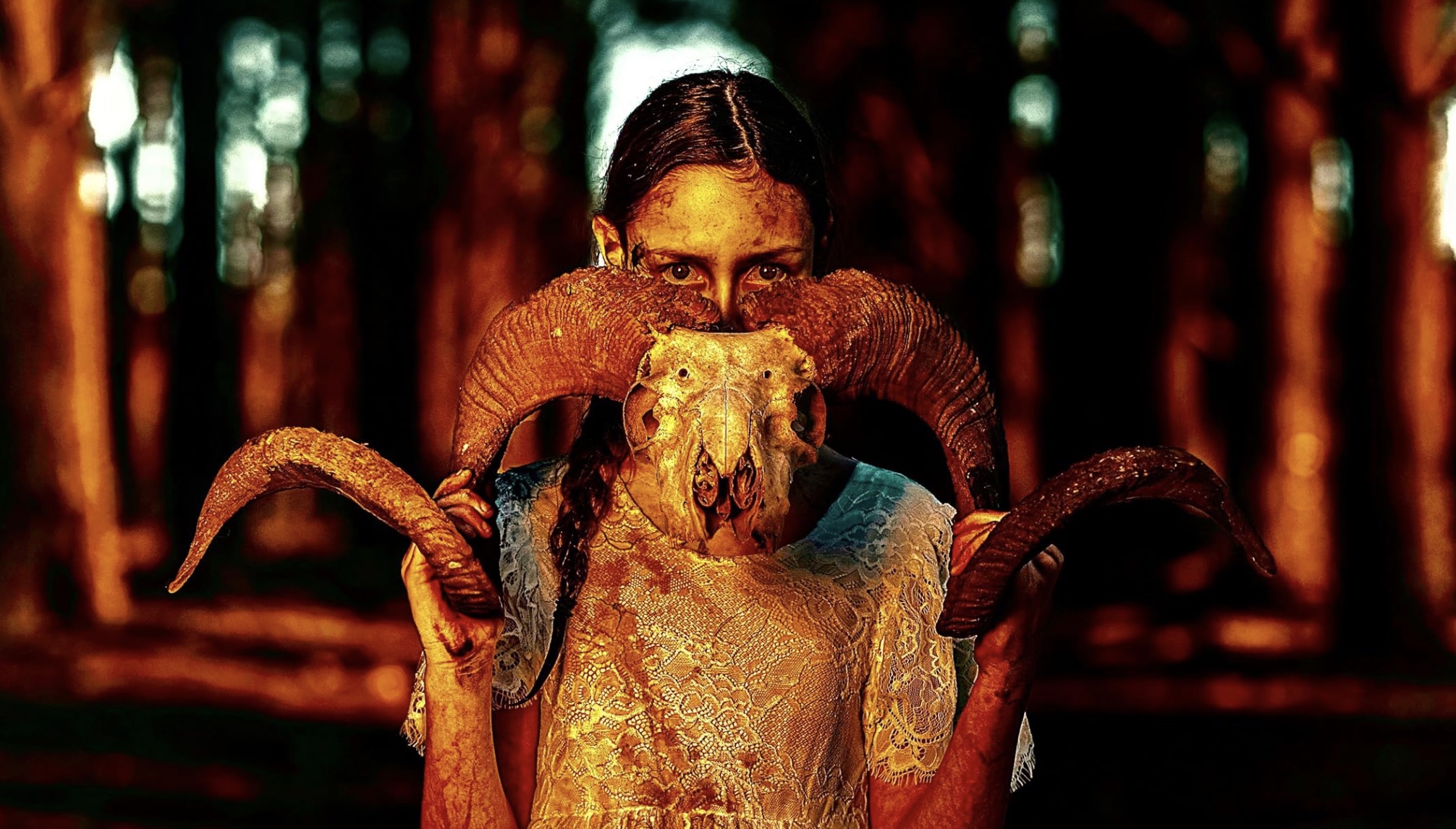As a little girl, I was tormented by an intense fear of ghosts, demons, and evil forces. Recurring nightmares, where malevolent entities tried to devour, kidnap, or imprison me, haunted my sleep. The mere thought of horror films was off-limits, as I knew their chilling scenes would haunt my waking moments, especially during the dreaded walks to the bathroom at night.

Horror Aficionado’s Journey
However, in a surprising twist during my late teens, my fears of the supernatural began to wane. Yet, at the age of sixteen, I faced a new adversary— an overwhelming sense of emptiness. It was a gaping void that filled me with such a numbing apathy, I found myself desperate to feel anything else. Only later did I understand this as a symptom of depression: an apathetic wave that stripped me of all emotions except for one— profound indifference.
The Allure of Fear: How Horror Movies Became My Refuge
It was then that I began to confront my previous avoidance, deliberately seeking out thrills like rollercoaster rides and, yes, even horror films. Though temporary, these experiences pierced through the numbness, allowing me to feel alive once more.

My journey has been long, and my battle with depression ongoing, but my unexpected affection for horror films has remained steadfast. This Halloween, I indulged my passion by attending an overnight horror marathon at Helios Cinemas. The event, starting at 11 pm and concluding at dawn, showcased four recent horror flicks: The Piper (Erlingur Thoroddsen, 2023, USA), Elevator Game (Rebekah McKendry, 2023, USA), Violett (Steven J. Mihaljevich, 2023, Australia), and Aged (Anubys Lopez, 2023, USA).
Helios Cinemas’ Horror Marathon: A Mixed Bag of Scares
Participating in the Helios film marathon for the first time, I found the experience to be a mix of emotions. The audience, primarily teenagers, seemed more engaged with their smuggled spirits than the movies themselves. Amidst the clatter of cans and bottles, one question remained unanswered: were the reactions caused by on-screen terror or just the result of overindulgence?Three of the movies shown were forgettable at best, offering up nothing more than cookie-cutter chills.
A Diamond in the Rough: Discovering Violett

Fortunately, nestled among these was Violett, a cinematic triumph weaving a story of grief, trauma, and motherhood into a spellbinding narrative. Director Steven J. Mihaljevich paints a haunting picture of Sonya’s (played by Georgia Eyers) paranoia as she grapples with her daughter Violett’s (Valentina Blagojevic) safety amidst a spate of local disappearances and her own tortured visions. The film leaves us teetering on the edge of reality, immersed in Sonya’s chilling hallucinations, often reminiscent of grim fairy tale motifs.
The Cinematic Craft of Violett: Colours of Emotion and Dread

The film’s use of colour amplifies its storytelling, with dark blues signifying despair, reds warning of danger, and yellows offering glimmers of happiness and hope. With a plot thick with twists, Violett challenges viewers to discern what is a figment of Sonya’s troubled mind and what is her reality. Is Violett even real? What is the role of Sonya’s husband Stan (Sam Dudley), a psychiatrist who tries to cure her by stuffing her with medication?
For me, Violett resonated deeply, echoing the shadowy fears of my youth and the crippling void of depression. It captured the inexpressible—a lurking, disabling evil—through its stark cinematography and the haunted look in Sonya’s eyes. The narrative – a slow burn – builds to a crescendo of grief and terror that we’re meant to perceive viscerally, not just observe.

Final Thoughts: Facing the Void with Violett
Despite the distractions of the marathon, I found myself engrossed in Violett, the film digging into the crevices of my past despair and allowing me to confront it head-on. It was a reminder that the path through grief is not to flee but to face it, and to continue moving forward.
Mihaljevich’s pacing is deliberate, allowing the audience to marinate in the disconcerting atmosphere until the story’s emotions are almost palpable. Yet, despite its slow build-up, Violett held me captive, mirroring the emptiness of my youth and offering a confrontation with the void – suggesting perhaps that the only way out of grief is through it.

